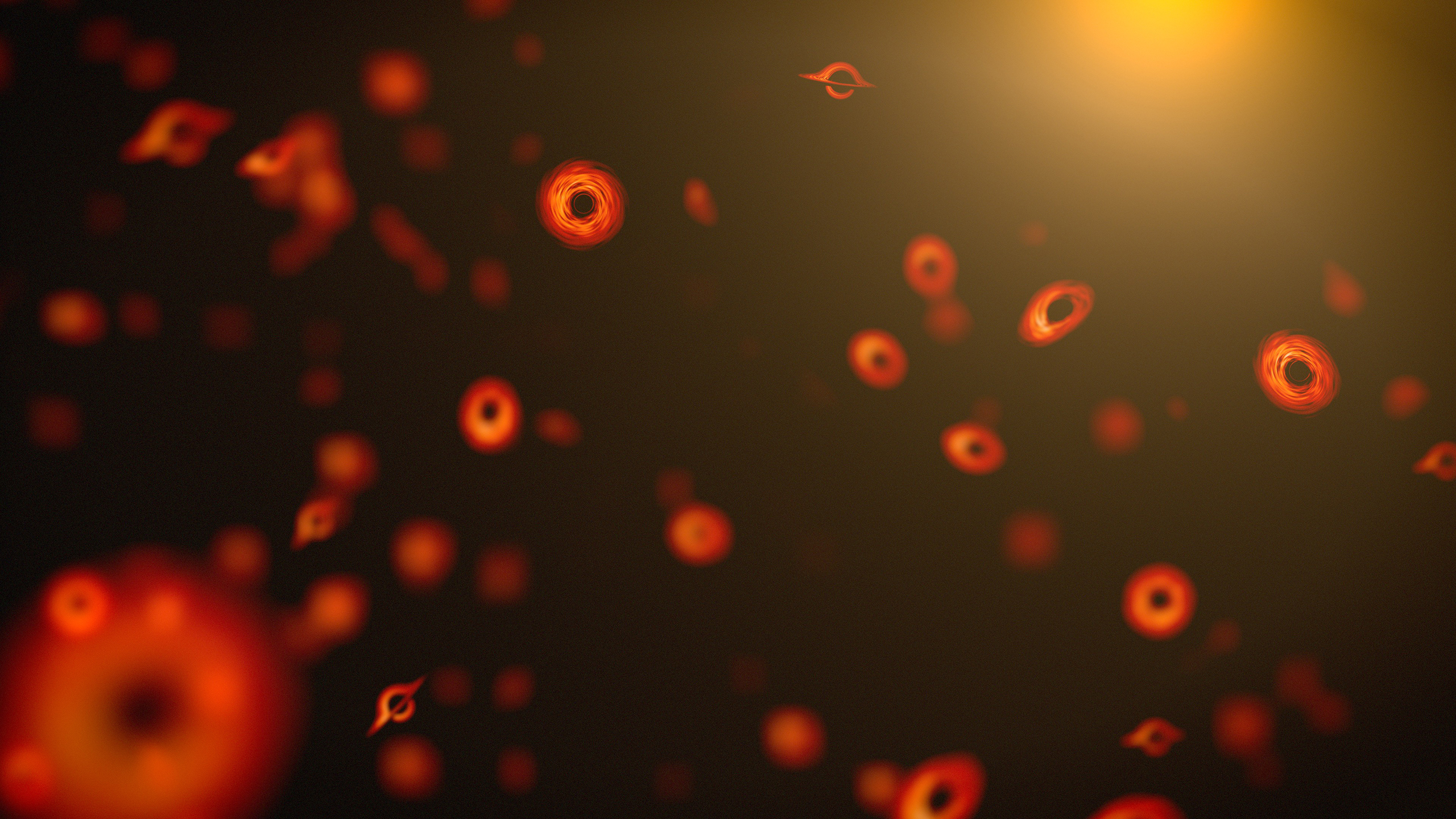Origin & Evolution of the Universe
News & Articles

How NASA’s Roman Space Telescope Will Illuminate Cosmic Dawn
6 min read
Today, enormous stretches of space are crystal clear, but that wasn’t always the case. During its infancy, the universe was…
Article5 months ago

Vivid Portrait of Interacting Galaxies Marks Webb’s Second Anniversary
6 min read
Two for two! A duo of interacting galaxies commemorates the second science anniversary of NASA’s James Webb Space Telescope, which…
Article6 months ago

NASA’s Webb Opens New Window on Supernova Science
6 min read
Peering deeply into the cosmos, NASA’s James Webb Space Telescope is giving scientists their first detailed glimpse of supernovae from…
Article7 months ago

New Images From Euclid Mission Reveal Wide View of the Dark Universe
6 min read
With NASA contributions, the mission will complement dark energy studies to be made by the agency’s upcoming Nancy Grace Roman…
Article7 months ago

How NASA’s Roman Mission Will Hunt for Primordial Black Holes
5 min read
Astronomers have discovered black holes ranging from a few times the Sun’s mass to tens of billions. Now a group…
Article8 months ago

What is Dark Energy? Inside our accelerating, expanding Universe
11 min read
Some 13.8 billion years ago, the universe began with a rapid expansion we call the big bang. After this initial…
Article11 months ago
Keep exploring


